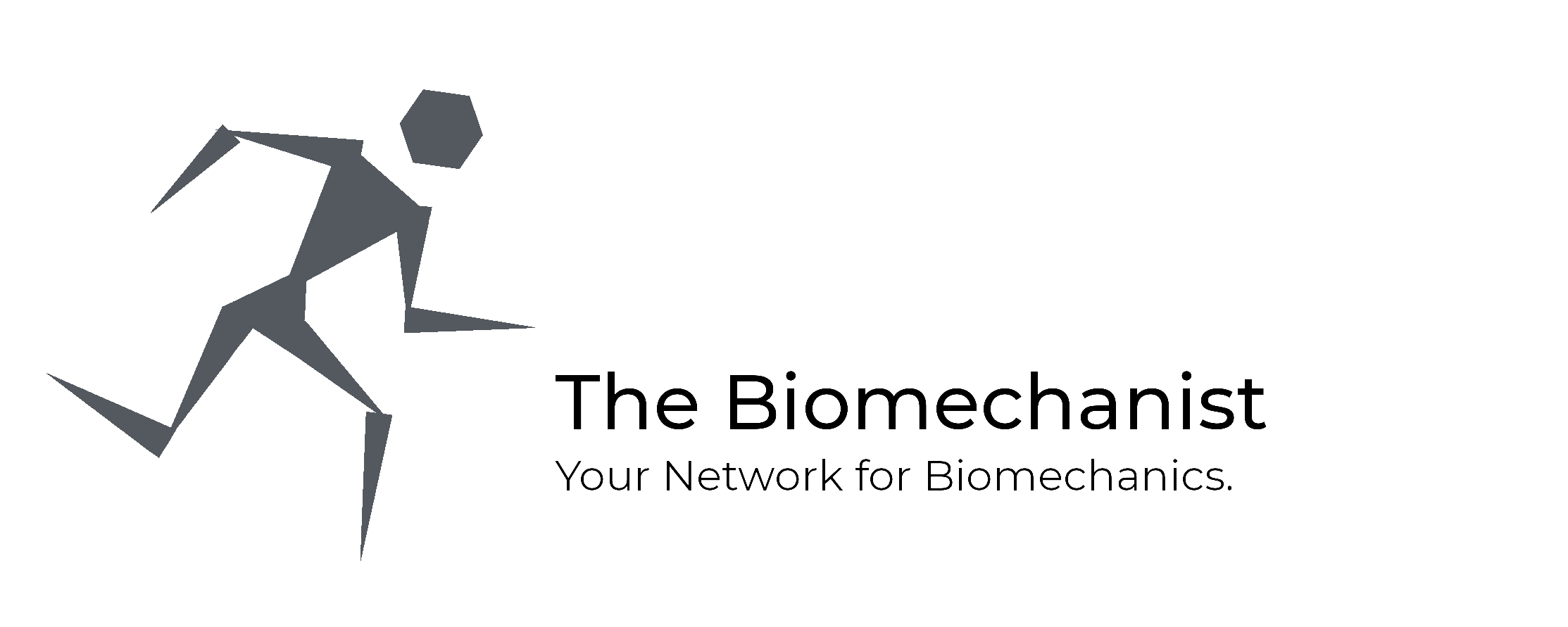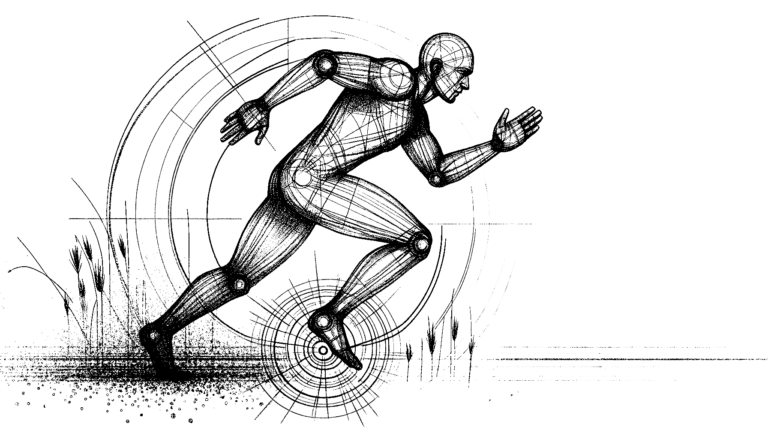With the help of this article, I would like to introduce you to the basics of the anatomy of muscles. It will focus on the entire muscle, down to the smallest contractile unit. The content of this chapter forms the basis for understanding contraction, recruitment, and other fundamentals of the musculoskeletal system.
From muscle to muscle cell
Skeletal muscles consist mainly of water (75%) but also of proteins (20%), which among other things enable our muscles to contract. In addition, the energy sources fat and carbohydrates as well as inorganic salts and minerals are stored in our muscles (Frontera & Ochala, 2015). The entire muscle is surrounded by a layer of connective tissue called epimysium (Figure I). The epimysium contains neurovascular structures (e.g. nerves and blood vessels) that supply the muscle with nutrients and oxygen and, also connects the muscle with the tendon via the aponeurosis (muscle-tendon transition). Within the muscle, individual muscle fibres (= muscle cells) form a bundle. These muscle bundles are surrounded by the perimysium, another layer of connective tissue. Single muscle fibers are wrapped by the endomysium and surrounded by an individual cell membrane (sarcolemma). The size of the muscle is mainly determined by the number and size of muscle fibres, which are typically large cells, with 20-100 μm in diameter and up to 12 cm long (Fehrer, 2017). Muscle cells are multinucleated, with nuclei often located in the periphery of the muscle fiber and mainly concentrated around the neuromuscular cleft.

Inside muscle fibers
If water is not considered, muscle cells consist mainly of a variety of proteins and the sarcoplasm. Due to the highly organized arrangement of the proteins in the muscle fiber, stripes, or striations appear. These striations, which are perpendicular to the longitudinal axis of the muscle fibre, consist of alternating A-bands (anisotropic) and I-bands (isotropic). Individual muscle fibers contain billions of myofibrils which are made up of myofilaments. A distinction is made between two different filaments within the myofibril: the thick filament (mainly made of actin) and the thin filament (mainly made of myosin). These two proteins and their overlap are mainly responsible for the striations within a muscle fibre. The A-band is defined by the thick filament, which extends with a length of 1.6 μm from the beginning to end of the A-Band. The thin filaments are approximately 1.0 μm long, with the length varying between different muscles. They are connected to each other via the Z-line or Z-disk. The thick filaments are connected at their ends via the M-line. In the so-called H-zone, the thin and thick filaments do not overlap, this is in the middle of the thick filaments. However, in the rest of the cell the thin filament overlaps the thick one.
Both the thin and the thick filament are arranged in a hexagonal lattice. Thus, each thin filament is surrounded by three thick filaments and each thick filament is surrounded by six thin filaments. The interaction of the two filaments through so-called cross-bridges leads to shortening and thus to force. This happens through the smallest contractile unit of the muscle, the sarcomere. Myofibrils consist of thousands of sarcomeres with about 2.0-2.2 μm in length, which are located between the Z-disks. The most common proteins are myosin and actin, with actin as the “molecular motor”. But sarcomeres and the sarcoplasm also contain many other proteins with important functions (Ottenheijm & Granzier, 2010). Tropomyosin, which is associated with the actin filament, plays a crucial role in the contraction of muscles (Frontera & Ochala, 2015). Titin, a long elastic protein binds to the Z-disks, stabilizes the muscle cell and, is also involved in the generation of force (Monroy et al., 2012).

Sarcutubular System
In order, for our muscle cells to become excitable, the sarcoplasm contains a transverse tubular system (T-tubules) and a sarcoplasmic reticulum (SR) (Figure 3). The T-tubules are invaginations of the sarcolemma, which transport the action potential via the sarcolemma into the interior of the cell. The T-tubules are connected to the sarcoplasmic reticulum, which surrounds individual myofibrils. The SR consists of the longitudinal SR and terminal cisternae that make contact the T-tubules. The longitudinal SR connects the cisternae with the sarcomeres. The combination of two cisternae and one T-tubule is called a triad. Two triads are formed per sarcomere, which occur at the transition between the A- and I-bands.

The sarcutubular system will be focused more precisely in the article on muscle activation. Anatomy and functionality of the muscles are closely linked, which means that the anatomical fundamentals will again play a decisive role in the following articles on muscle contraction, muscle fibre types and all other topics concerning the musculature.
References
Exeter, D. & Connell, D. A. (2010). Skeletal muscle: functional anatomy and pathophysiology. Seminars in musculoskeletal radiology, 14(2), 97–105. https://doi.org/10.1055/s-0030-1253154.
Feher, J. (2017). Contractile Mechanisms in Skeletal Muscle. In Quantitative Human Physiology: An Introduction.
Frontera, W. R. & Ochala, J. (2015). Skeletal muscle: a brief review of structure and function. Calcified Tissue International, 96(3), 183–195. https://doi.org/10.1007/s00223-014-9915-y.
Monroy, J. A., Powers, K. L., Gilmore, L. A., Uyeno, T. A., Lindstedt, S. L. & Nishikawa, K. C. (2012). What is the role of titin in active muscle? Exercise and sport sciences reviews, 40(2), 73–78. https://doi.org/10.1097/JES.0b013e31824580c6.
Ottenheijm, C. A. C. & Granzier, H. (2010). Lifting the nebula: novel insights into skeletal muscle contractility. Physiology (Bethesda, Md.), 25(5), 304–310. https://doi.org/10.1152/physiol.00016.2010.




